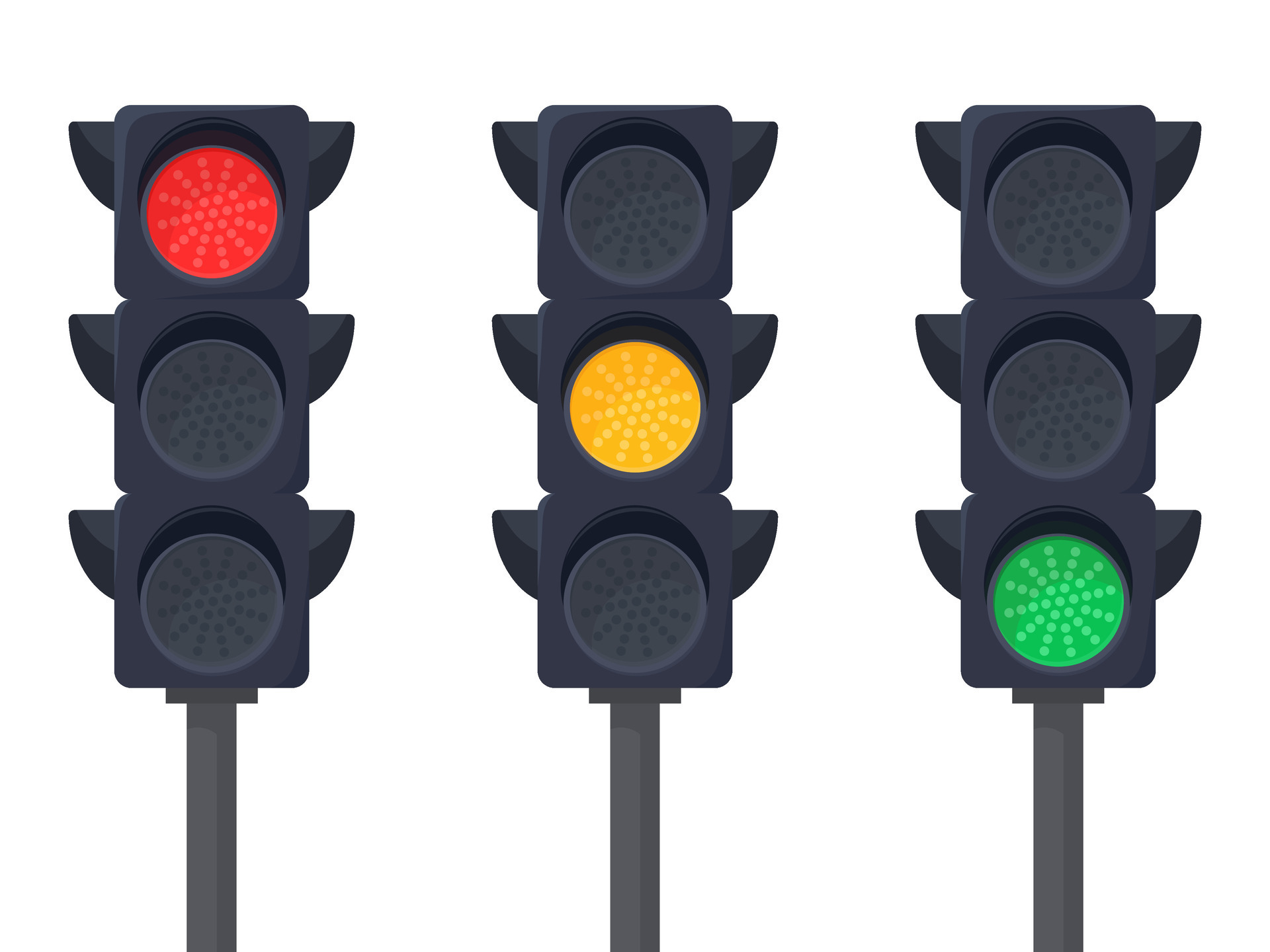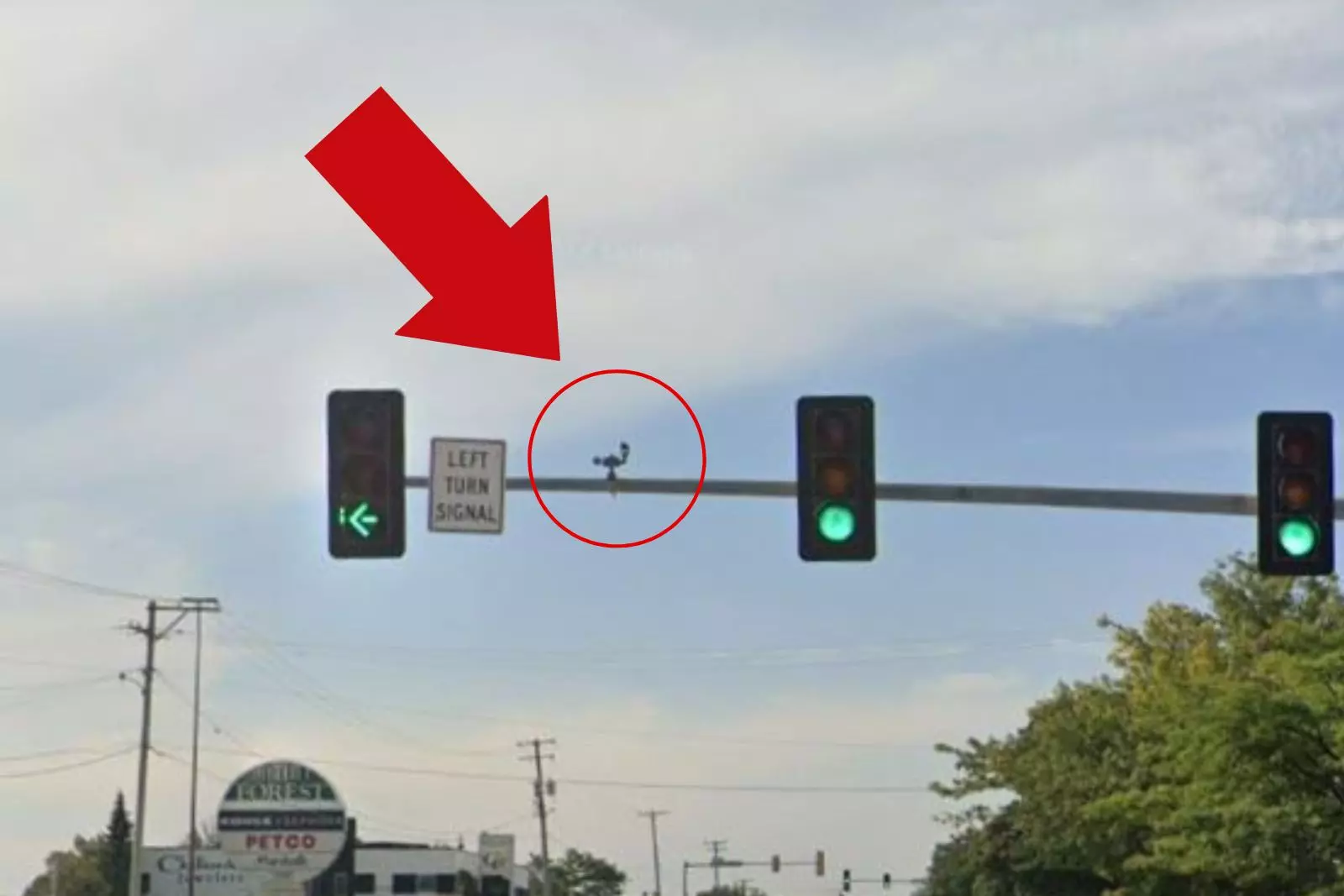Traffic lights, the universal language of the road, are recognized globally by their simple tri-color system: red, amber, and green. This system, which has governed the flow of traffic for over a century, first emerged with gas-lit signals outside the Houses of Parliament in 1868. Though these early signals were primitive and even dangerous—culminating in an explosion just weeks after their installation—they paved the way for the electronic signals we see today, first introduced in Ohio in 1914.
However, the advent of autonomous vehicles (AVs) might soon introduce a revolutionary change to this long-standing tradition. Researchers at North Carolina State University propose adding a ‘white light’ to the traffic signal palette, a development aimed at integrating the burgeoning technology of driverless cars into everyday traffic flow.

A New Color for a New Era of Driving
The proposed white light system is designed not to replace, but to complement the existing red, amber, and green signals. “Red lights will still mean stop. Green lights will still mean go. And white lights will tell human drivers to simply follow the car in front of them,” explains Dr. Ali Hajbabaie, the lead researcher on the project. This system would be activated only when sufficient numbers of AVs are present at an intersection, allowing these vehicles to communicate both with each other and with the traffic signal infrastructure to manage traffic flow smoothly.
Researchers from North Carolina State University suggest introducing a white light as a fourth colour to traffic signals so that autonomous vehicles can help manage traffic flow and inform other drivers of what is happening.#PSLAnthem #CaptainSafdar #ShadabKhan #Hina pic.twitter.com/9jWv2bLuJF
— TechKTK (@kashifi39218853) February 11, 2023
How Will the White Light Work?
The concept relies on the advanced computing power of autonomous vehicles. By tapping into this technology, the system can effectively manage vehicle positions and movements at intersections, reducing congestion and enhancing efficiency. Dr. Hajbabaie and his team have conducted extensive computer simulations to visualize and refine how this new signal system would function in real-world scenarios.

Implications for Traffic Management and Safety
The integration of a white light into traffic signals could significantly improve travel times, fuel efficiency, and overall road safety. “If at some point in the future we see almost universal adoption of AVs, our models suggest that delays at intersections would decrease by more than 25%,” notes Dr. Hajbabaie. Even with a lower percentage of AVs on the roads, the new system is expected to offer considerable improvements in traffic flow and efficiency.
What About Pedestrians?
The researchers have also considered the impact of this new system on pedestrians, finding that the white phase concept not only enhances vehicle traffic efficiency but also benefits pedestrian movements at intersections.
Looking Toward the Future
While the UK might see the allowance of driverless cars on public roads as soon as 2026 under the Automated Vehicles Act, the potential adoption of a fourth traffic light color is a forward-looking solution that could redefine urban mobility. As this technology continues to develop, it could lead to a significant reduction in traffic congestion, setting the stage for a new era in transportation infrastructure.
As we stand at the crossroads of automotive technology and urban planning, the white light initiative represents more than just a change in color—it symbolizes a shift towards smarter, more efficient roadways that cater to the next generation of vehicles.










